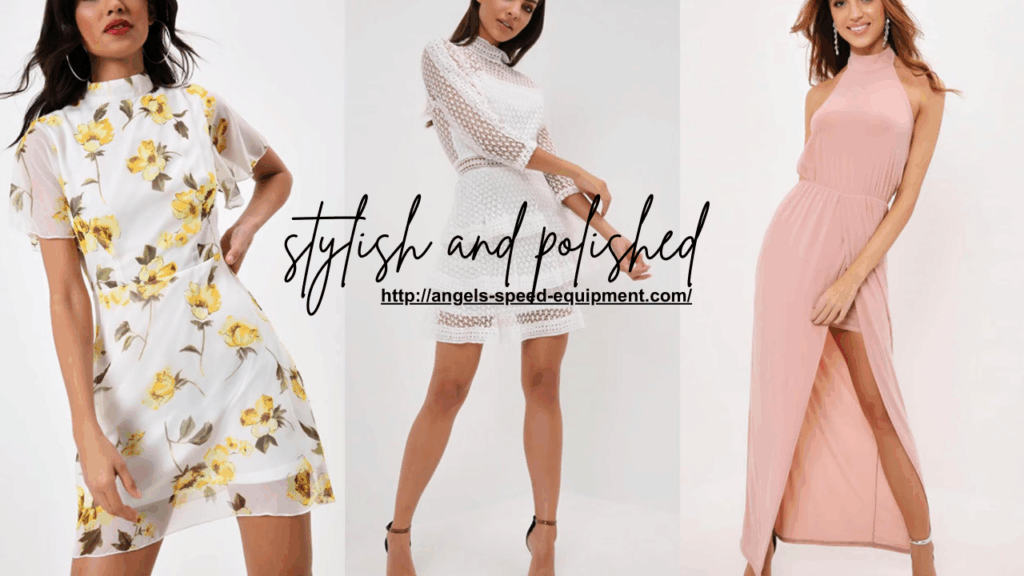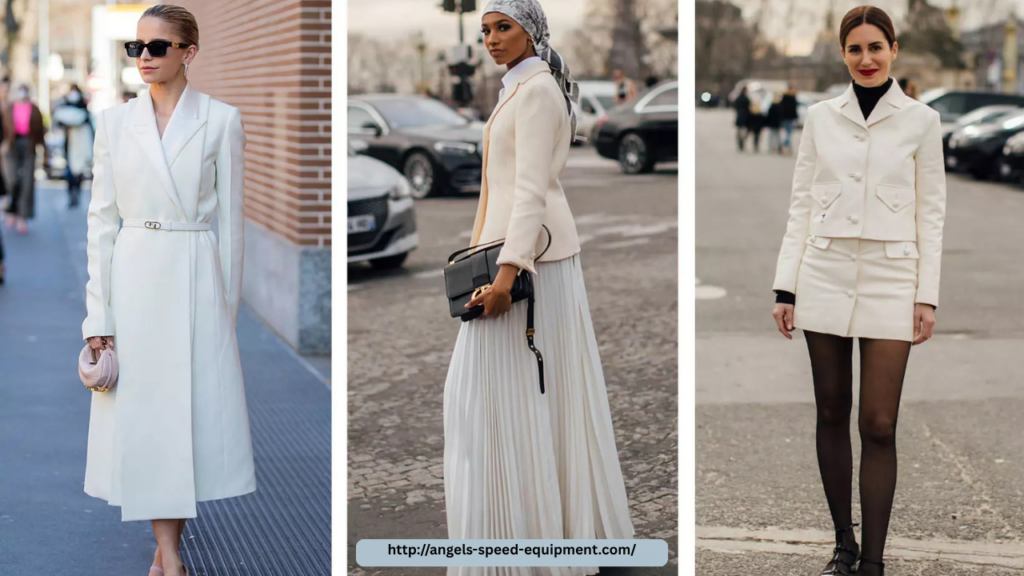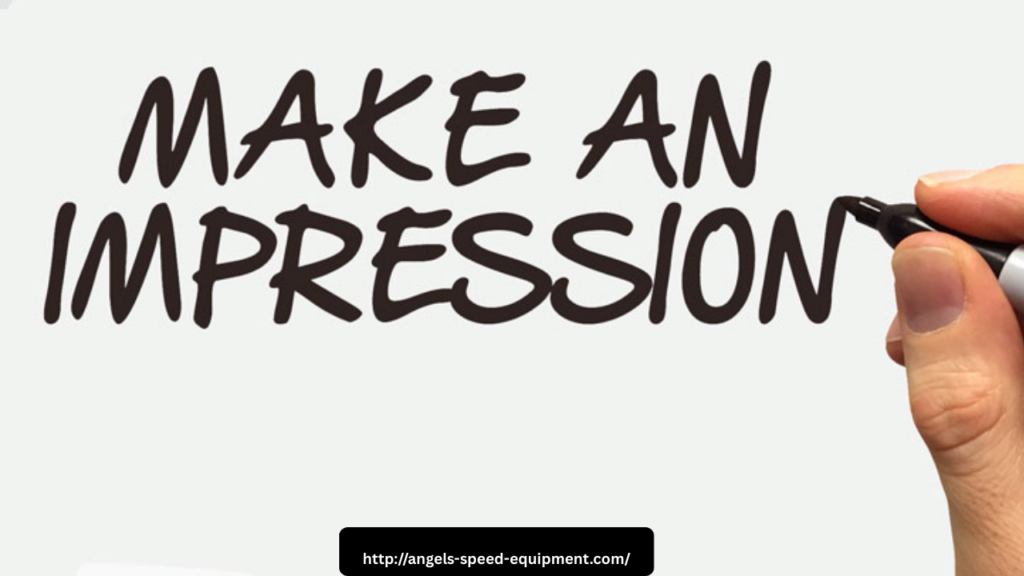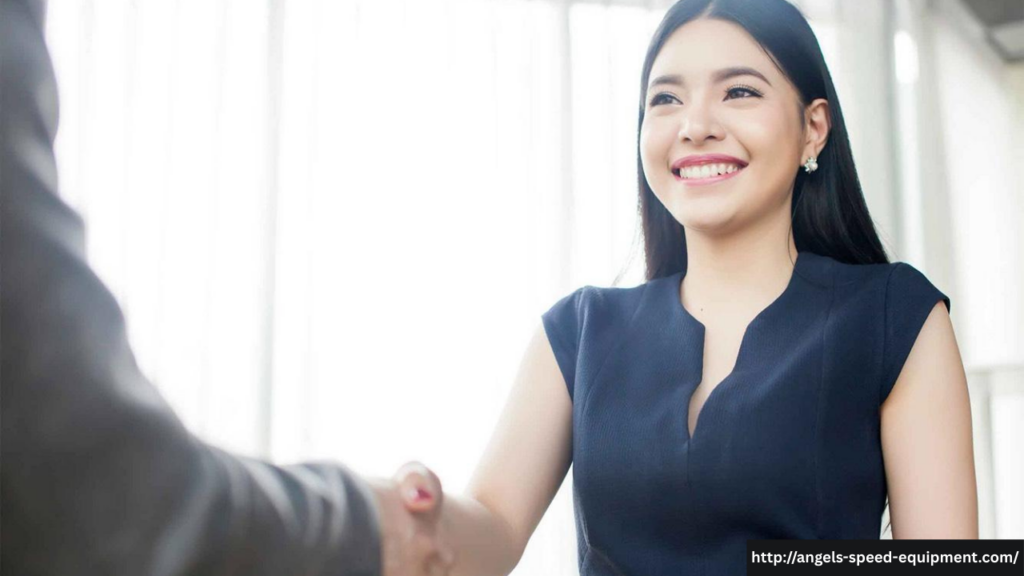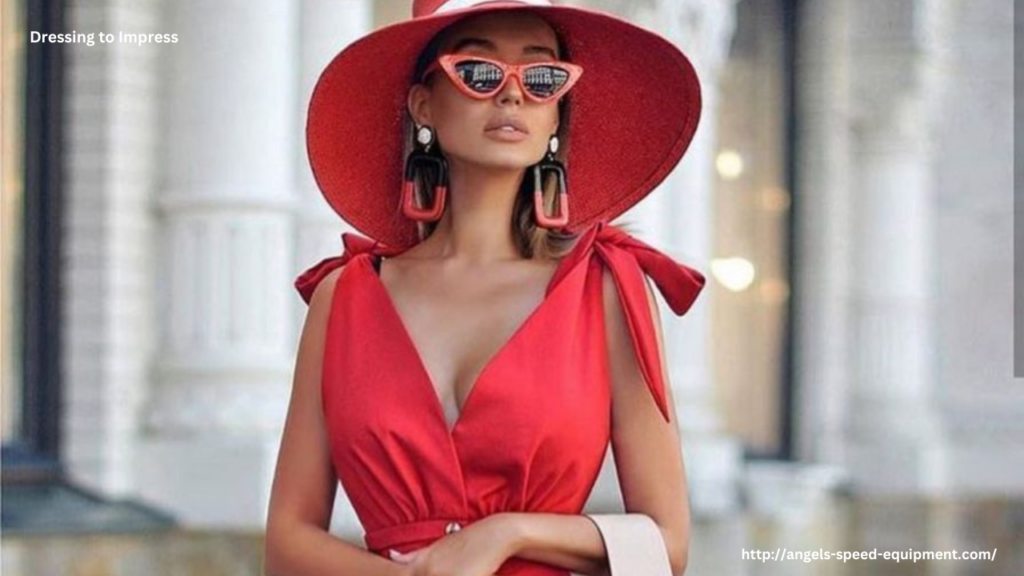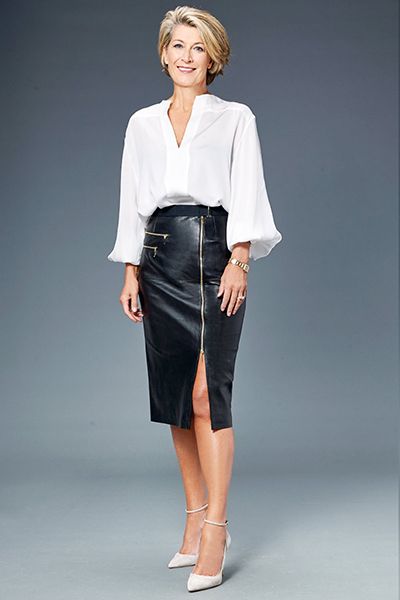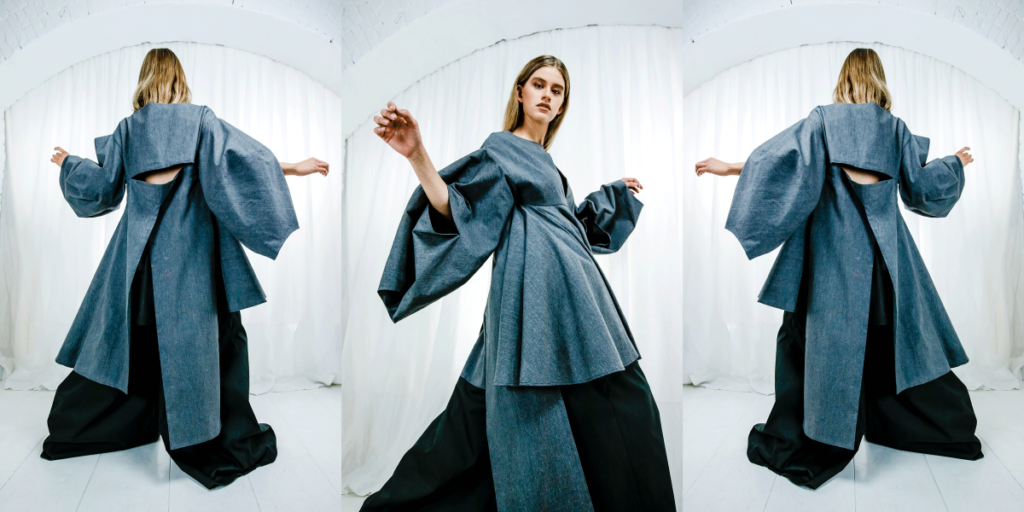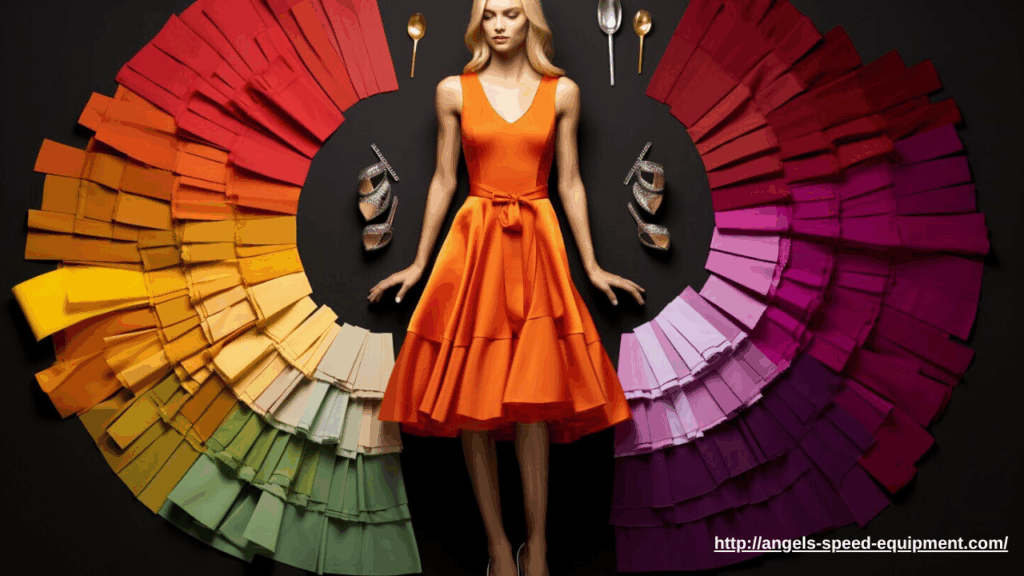
The colors you wear have the power to influence how others perceive you and how you feel about yourself. In the world of fashion, color is more than a design choice—it’s a communication tool. Understanding color psychology can help you choose hues that enhance your appearance, convey the right message, and make you stand out in any setting.
The Emotional Impact of Color
Colors evoke emotions and can subtly influence moods and behaviors. For example:
- Red exudes power, passion, and energy. It’s a great choice when you want to make a bold statement or command attention.
- Blue communicates calmness, trust, and intelligence. It’s often used in professional settings to convey dependability.
- Black signifies sophistication, elegance, and authority. It’s a go-to for formal events or when aiming for a polished, powerful look.
- White reflects purity, simplicity, and cleanliness. It works well for a minimalist aesthetic and can convey a sense of clarity.
- Yellow is cheerful and attention-grabbing, signaling positivity and creativity.
- Green is associated with balance, harmony, and renewal. It’s ideal for creating a fresh, approachable vibe.
Choosing Colors for the Right Occasion
Different occasions call for different color choices. For example:
- Job Interviews: Stick with conservative and calming colors like navy, gray, or muted blues to convey professionalism.
- Networking Events: Use colors like red or burgundy to stand out while still appearing approachable.
- Creative Presentations: Try brighter tones like teal, mustard, or coral to express innovation and energy.
- Social Gatherings: Opt for fun, vibrant hues that reflect your personality and mood.
Skin Tone and Color Matching
Knowing your skin tone can help you choose colors that enhance your natural features. Generally, people fall into warm, cool, or neutral undertones:
- Warm undertones pair well with earthy tones like olive, mustard, and warm reds.
- Cool undertones look great in jewel tones like sapphire, emerald, and deep purples.
- Neutral undertones can wear a wide range of colors, from soft pastels to rich, deep hues.
Wearing the right colors for your complexion not only complements your look but also boosts your confidence.
Strategic Use of Color in Outfits
Use color placement to highlight your best features. A brightly colored top draws attention to your face, while darker pants can create a slimming effect. Layering and color blocking can also add visual interest and personality to your outfits.
Accessorizing with color is another smart way to make an impact. A red handbag, bold tie, or statement shoes can add flair without overwhelming your look.
Conclusion
Color psychology in fashion is a powerful tool for self-expression and making a lasting impression. By understanding how different hues affect perception, you can craft outfits that align with your intentions and amplify your presence. Whether you’re dressing for a professional event or a casual outing, choosing the right colors can help you stand out with style and confidence.
